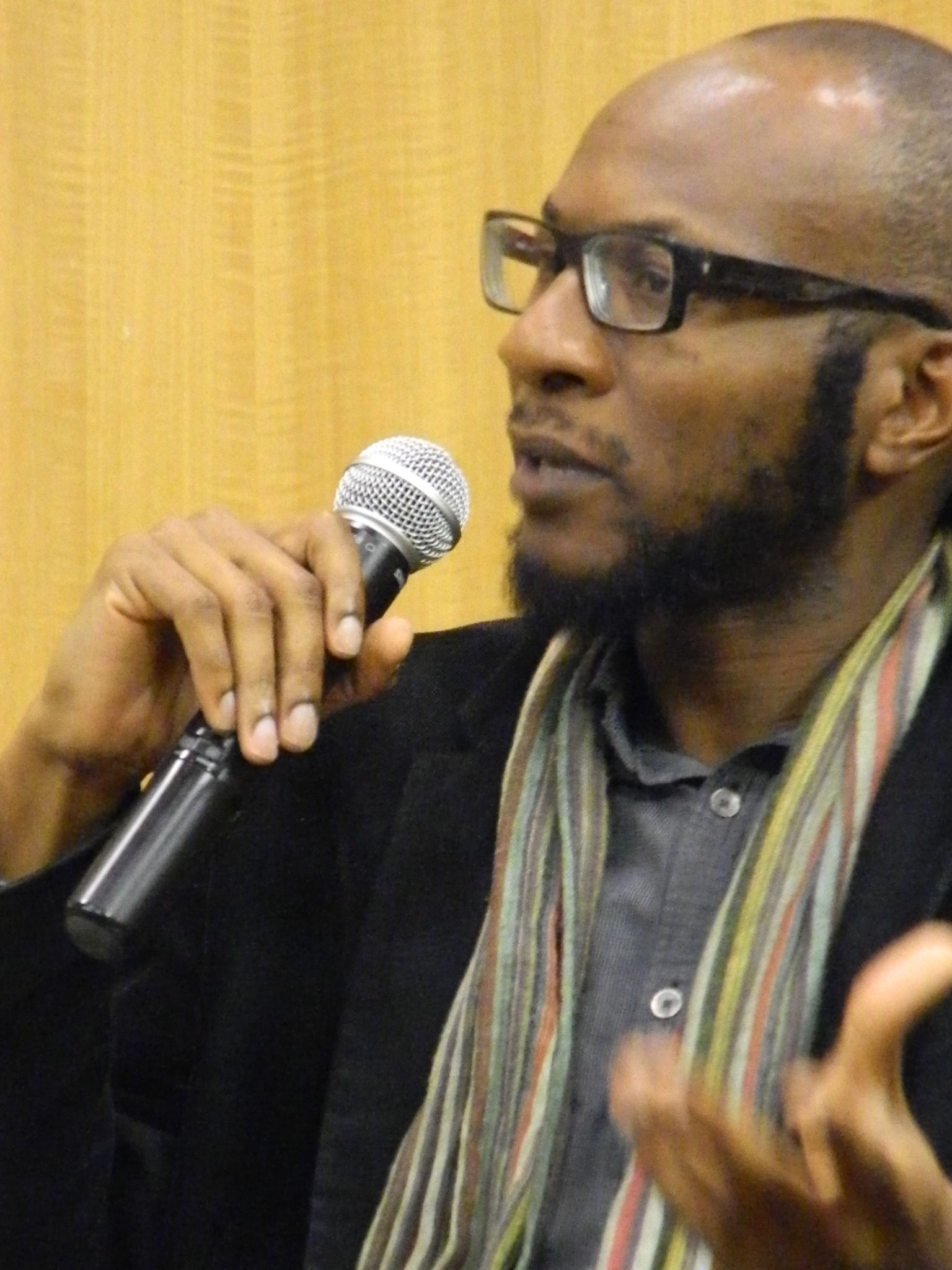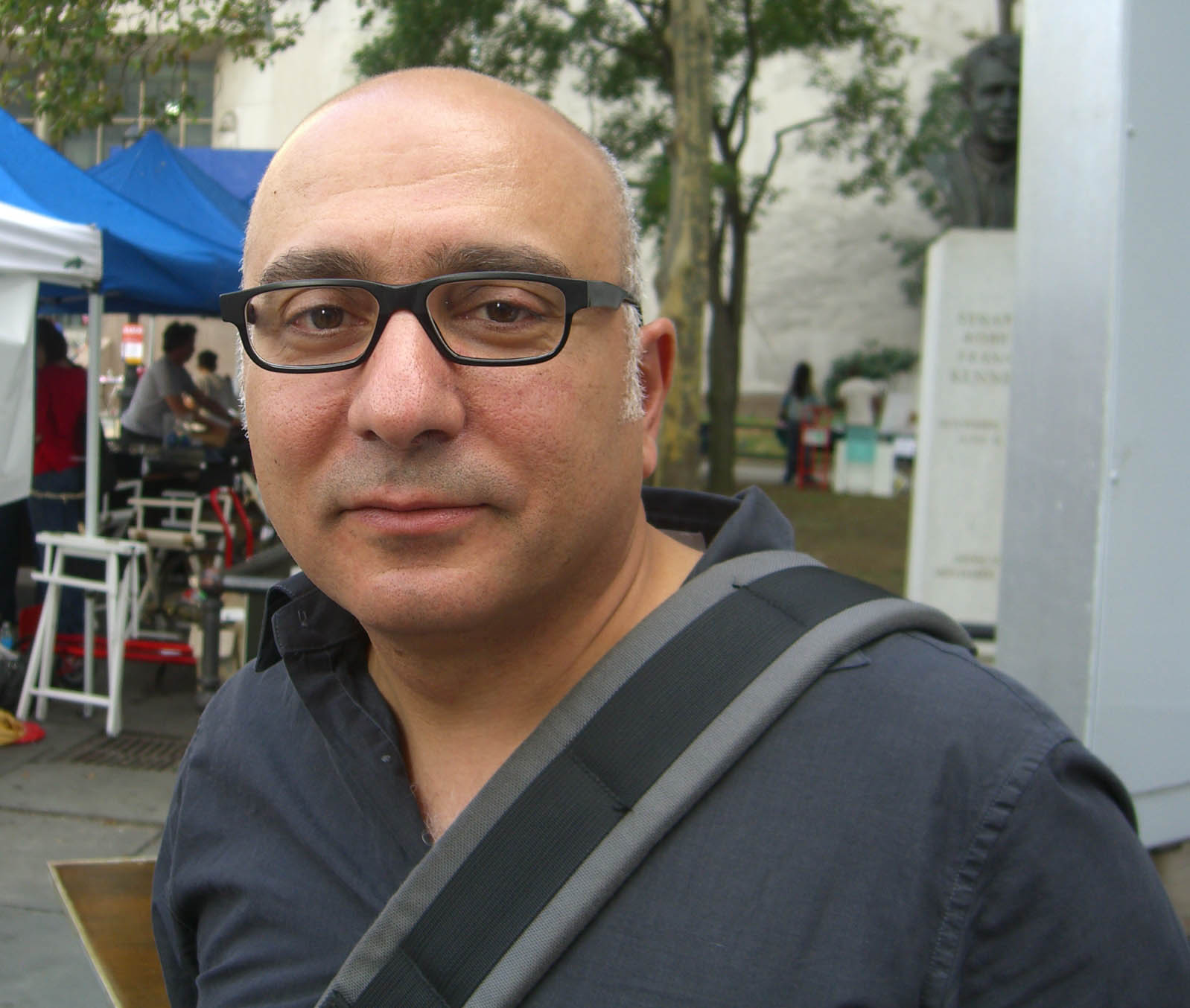I was reminded of the Michel de Certeau essay when I read two novels recently: Teju Cole’s Open City, published in 2011, and Rawi Hage’s Cockroach published in 2008, which are both about foreigners walking around and dissecting the city. Now, this pairing is also interesting because not all foreign migrant workers are equally underprivileged. The walker of Teju Cole’s Open City is a psychiatrist in training in New York. He listens to opera. In fact, we don’t know he is Nigerian for a long time because he resists a certain kind of easy identification. He doesn’t like people coming up to him and assuming a certain kind of brotherhood. On the other hand, Rawi Hage’s protagonist is somebody whose psychosis is deep, and who thinks of himself as an ugly and wily half-cockroach, scuttling around hungry and feral in an icy city, which we think is Montreal. We don’t know why he, this neurotic Arab, has had to leave his country, which is revealed to be Lebanon. We also don’t know what his plans are in Canada. All we know is that “Cockroach” is somebody who has tried to kill himself, has been put into state-mandated therapy and is seeing a counsellor.
On the one hand, you have a psychiatrist who is walking the city and who is, through these peregrinations, discovering his own connection to New York through his discovery of slave burials, the kind of unseen but visible life of slavery in Manhattan. On the other hand, you have somebody who is on the opposite end of the social spectrum, who is not an analyst but an analysand and who is increasingly going underground, not just scuttling overground.


